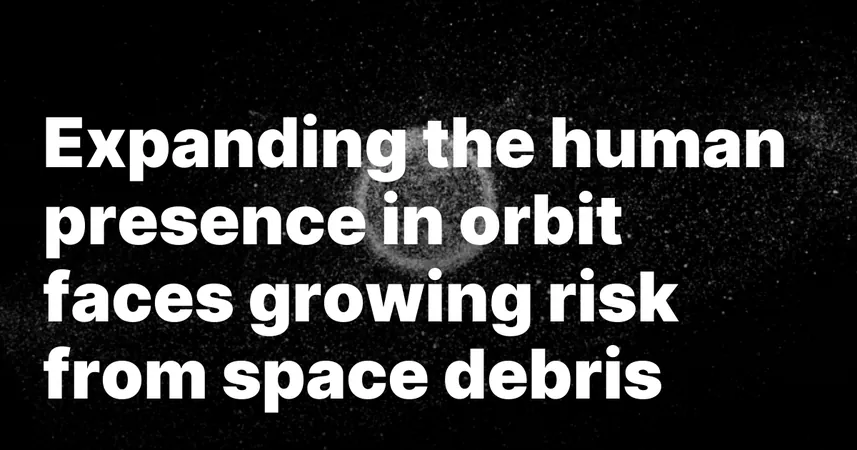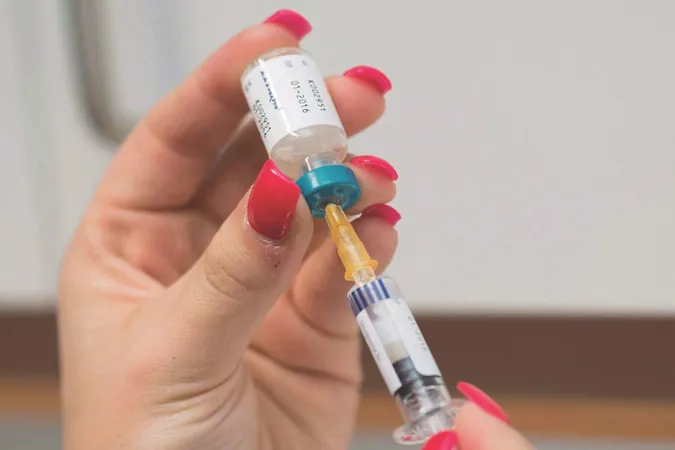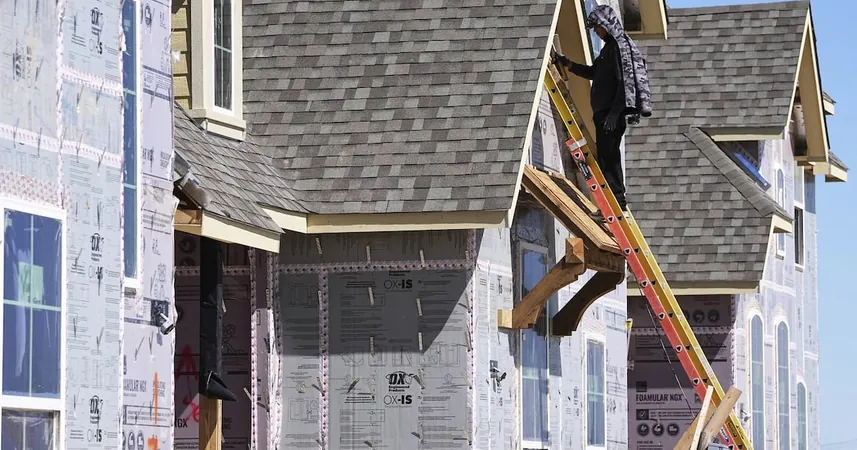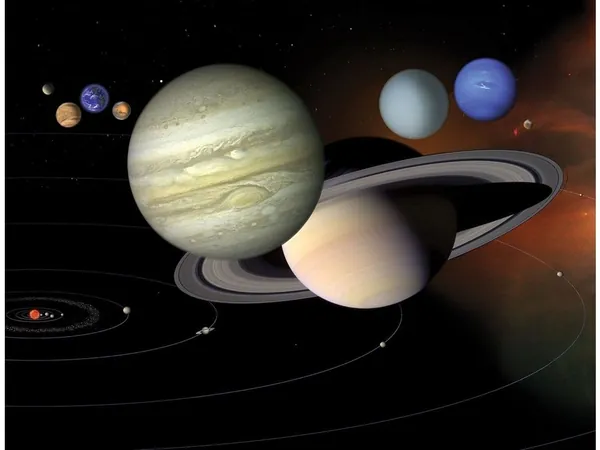
Race Against Space Junk: Safeguarding Our Future in Low Earth Orbit
2025-05-01
Author: Amelia
The race to expand human presence in Low Earth Orbit (LEO) is heating up—but looming space debris could throw a wrench in the works. With the International Space Station (ISS) on track for retirement by 2030, commercial space stations like Starlab, Orbital Reef, Axiom Station, and Haven-1 are gearing up to take center stage. SpaceX's Crew Dragon is actively ferrying astronauts to these destinations, showcasing the exciting new era of crewed spaceflight.
However, as our ventures into space increase, so does the potential for catastrophic collisions caused by the ever-growing cloud of space junk. An astonishing 50% of collision risks in LEO stem from debris, which includes everything from defunct satellites and spent rocket bodies to smaller fragments from explosions and anti-satellite tests. In just the last five years, the ISS has had to perform 14 collision avoidance maneuvers due to this hazardous debris.
Combatting the Debris Dilemma
Addressing the debris problem is critical if we want to safeguard the future of human spaceflight. To navigate this challenge, we need a comprehensive strategy focusing on reducing harmful debris. This includes preventing fragmentation events, enhancing detection of sub-10 cm debris, and investing in active debris removal technologies.
Preventing Fragmentation Events
Unplanned satellite breakups remain one of the primary culprits behind dangerous debris fields. Common failure modes—including power system glitches and structural fatigue—can be predicted and mitigated through rigorous design and operational protocols. NASA has established passivation guidelines to secure U.S. missions, yet operators should adopt more stringent measures, like autonomous passivation systems, to act as fail-safes when ground communication is lost.
Mitigating Launch Debris
As launch frequencies soar, regulating the debris left behind is becoming increasingly urgent. Current global standards are inconsistent, allowing upper rocket stages to linger in orbit for decades. In an attempt to curb this trend, the U.S. Federal Aviation Administration has proposed a 25-year deorbit requirement, but experts argue for a more aggressive five-year timeline to effectively improve orbital safety.
Enhancing Tracking of Small Debris
Objects smaller than 10 centimeters are notoriously difficult to track, yet they can wreak havoc at high orbital speeds. Even tiny fragments carry the power to cause catastrophic damage; for instance, a one-centimeter piece of debris could impact like a grenade. Thankfully, advancements in ground radar and optical tracking technologies are underway, but expanded efforts are necessary to adequately monitor this hidden threat.
Active Debris Removal: A Necessity
With over 3,000 defunct satellites and at least 2,000 rocket bodies orbiting Earth, the need for active debris removal (ADR) is crucial. Innovative capture technologies—ranging from nets to robotic arms—are nearing readiness for operational deployment. The government should back missions targeting high-risk debris removal and consider models like "debris-as-a-service" to ensure future viability.
The Urgency of Action
As we step into a new era of space exploration, it's clear that our operations will be under threat unless significant action is taken. Currently, thousands of potential conjunctions occur daily, forcing maneuvers to avoid collisions. In a mere 72-hour period, the ISS encounters half a dozen potential collision events. Without focused efforts to tackle space debris, the future of commercial space activities could be jeopardized.
Industry experts, like Siamak Hesar, co-founder and CEO of Kayhan Space, stress the importance of a sustainable orbital environment. With rising investments and collaborative efforts, we can pave the way for safer, more ambitious human endeavors in the final frontier.









 Brasil (PT)
Brasil (PT)
 Canada (EN)
Canada (EN)
 Chile (ES)
Chile (ES)
 Česko (CS)
Česko (CS)
 대한민국 (KO)
대한민국 (KO)
 España (ES)
España (ES)
 France (FR)
France (FR)
 Hong Kong (EN)
Hong Kong (EN)
 Italia (IT)
Italia (IT)
 日本 (JA)
日本 (JA)
 Magyarország (HU)
Magyarország (HU)
 Norge (NO)
Norge (NO)
 Polska (PL)
Polska (PL)
 Schweiz (DE)
Schweiz (DE)
 Singapore (EN)
Singapore (EN)
 Sverige (SV)
Sverige (SV)
 Suomi (FI)
Suomi (FI)
 Türkiye (TR)
Türkiye (TR)
 الإمارات العربية المتحدة (AR)
الإمارات العربية المتحدة (AR)